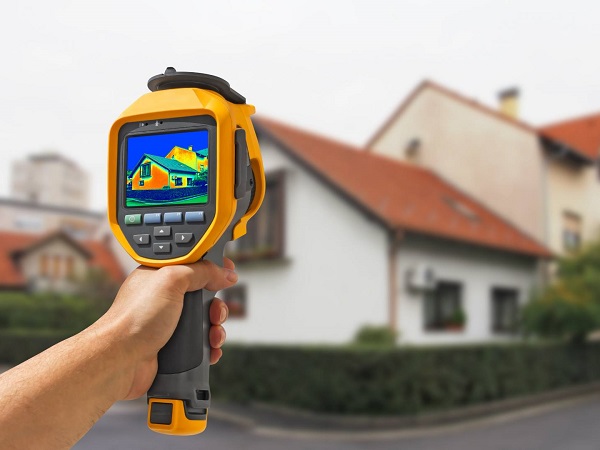20
Nov

We all know the old saying that goes ‘a picture is worth a thousand words’, however, an infrared picture is worth a million. Infrared thermography is the only technology that can allow you to instantly visualise heat as colours on a screen and due to these features, it is applied in numerous fields.
Infrared pictures look like an abstract visualisations and the more heat an area has, the brighter the colour representing it on the screen will be and vice versa. This gives the final image with all of the colours blending into each-other gradually as heat levels vary. But how does such a device function?
In order to create a visual representation on the screen, the infrared video camera uses thermal sensors and circuitry converter. The sensors (which are located in the lens) are focused on an object and pick up its thermal radiation (heat), which is then scanned and processed. Such information is gathered from thousands of points from the object and is converted into a temperature pattern called a thermogram. The thermogram is then translated into corresponding electric impulses, which also get translated and displayed on a screen (ether on the infrared video camera’s screen or a Bluetooth/Wi-Fi screen).
Because this is such a powerful and accurate technology, people have started using it in different types of professions. These are the three professions where it’s most commonly incorporated.
One of the more common uses for an infrared video camera is security. Infrared technology is used by the field of law-enforcement and the military in order to spot their desired target during night time, or in dense areas. They do this by picking up on the target’s body heat amongst trees or buildings. But people have also found application for infrared cameras for their homes as well. Home security infrared cameras can be a great asset to your house, as they can use low levels of light to create an accurate image. This option is great if you suspect that someone might be entering your property at night, be it a human or an animal.
Infrared cameras are also quite popular in the industrial world as they can give a detailed glimpse into what’s happening inside the machine being observed. With many moving parts and electrical components, maintenance is a key routine and thermal imaging helps detect issues before they become more serious.
Such inspections are done on units such as pipes, wires, moisture, circuits and many more. The most common form of thermal technology used by industries is infrared photography, as it allows the users to inspect the image later on – but infrared video cameras are also used to give live feedback and a good in-depth look inside the machines’ work-process.
Infrared videos also give the option of supervised inspections, in which a professional can be seated behind a screen and receive live feedback of what’s being filmed by another worker thus allowing the professional to guide the worker through the inspection process.
An infrared video camera can also be a very useful gadget for a hunter, both for day and night hunts. A quality infrared camera with a long distance receptor can help spotting, tracking and killing pray, this feature is especially handy for bigger animals, such as deer or wild bores.
You can also use your infrared camera to check for any wildlife around your camping areas, making it a safer environment for you and your crew. You can also set up surveillance infrared cameras around gathering spots, to document animal activity and plan your hunting route more effectively.